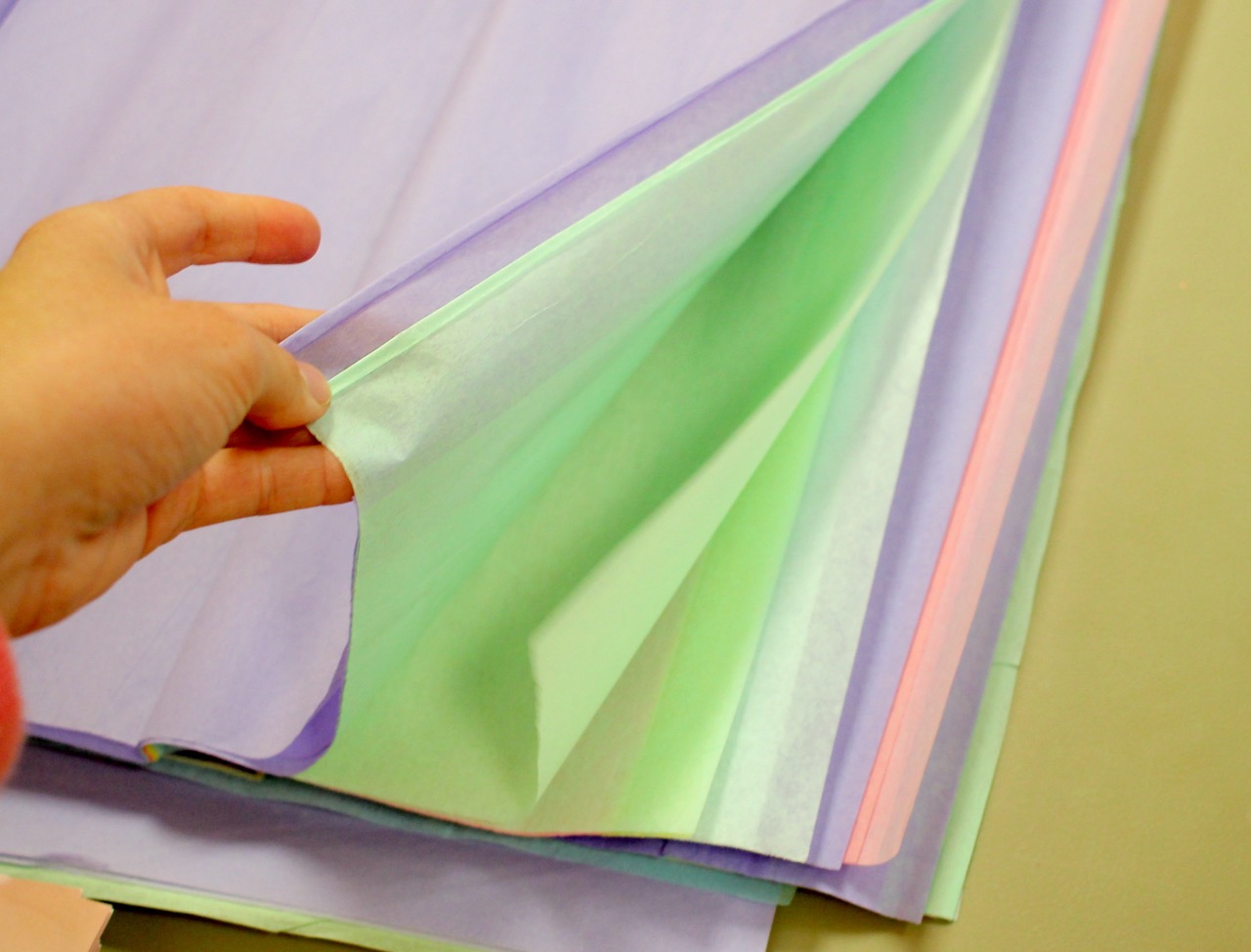

Articles
How To Store Tissue Paper
Modified: January 19, 2024
Learn how to properly store tissue paper articles to maintain their quality and prevent damage. Find helpful tips and techniques for preserving your delicate paper items.
(Many of the links in this article redirect to a specific reviewed product. Your purchase of these products through affiliate links helps to generate commission for Storables.com, at no extra cost. Learn more)
Introduction
Tissue paper is a versatile and delicate material that is commonly used for various purposes, including gift wrapping, crafts, and cleaning. However, improper storage can lead to creases, wrinkles, and damage, compromising its quality and appearance. To ensure that your tissue paper stays in pristine condition and ready to use whenever needed, it is essential to store it properly.
In this article, we will explore the importance of proper tissue paper storage and provide you with valuable tips for keeping your tissue paper neat, organized, and protected. Whether you have a small collection of tissue paper or a large stockpile, these storage solutions will help you maintain the quality and extend the lifespan of your tissue paper.
Key Takeaways:
- Proper tissue paper storage preserves quality, accessibility, and longevity. Choose the right space, prepare, fold, and organize to maintain pristine condition and enhance crafting and gift-wrapping experiences.
- Implementing long-term storage strategies ensures tissue paper remains vibrant and ready for use. Utilize acid-free materials, proper handling, and regular inspection to preserve quality and protect sentimental collections.
Read more: How To Store Gift Bags And Tissue Paper
Importance of Proper Tissue Paper Storage
Properly storing your tissue paper has several benefits. Firstly, it helps to preserve the quality and integrity of the paper. Tissue paper is prone to wrinkling and tearing, especially when stored haphazardly. By taking the time to store it correctly, you can prevent unnecessary damage and ensure that your tissue paper is always in excellent condition.
Additionally, efficient storage allows for easy access and retrieval. When you have neatly organized tissue paper, you can quickly find the color or pattern you need without rummaging through a messy pile. This saves time and frustration, particularly when you are in a hurry to wrap a gift or complete a craft project.
Furthermore, proper storage prevents dust, moisture, and other contaminants from accumulating on the tissue paper. Exposure to these elements can result in discoloration and degradation of the paper, rendering it unsuitable for use. By storing tissue paper in a clean, protected environment, you can ensure that it remains fresh and vibrant over an extended period.
Choosing the Right Storage Space
The first step in proper tissue paper storage is to select the appropriate storage space. Ideally, the storage area should be cool, dry, and free from excessive humidity. Moisture can cause the tissue paper to become damp and lose its structural integrity.
Avoid storing tissue paper in areas prone to extreme temperature fluctuations, such as attics or basements, as these conditions can be detrimental to the paper’s quality. Instead, opt for a temperature-controlled room or closet within your home.
It is also crucial to choose a storage space that is free from direct sunlight. Prolonged exposure to sunlight can cause the tissue paper to fade and lose its vibrant color.
Preparing the Tissue Paper for Storage
Before you start storing your tissue paper, it is essential to prepare it appropriately. Remove any accessories such as ribbons, bows, or adhesive labels, as these can cause the paper to become tangled or damaged during storage.
To ensure that the tissue paper remains in pristine condition, handle it with clean, dry hands to avoid transferring oils or dirt onto the paper. Additionally, consider wearing gloves while handling delicate or valuable tissue paper to prevent potential damage.
If the tissue paper is wrinkled or folded, you may want to consider ironing or pressing the paper gently before storing it. However, be cautious while ironing delicate or metallic tissue paper, as the heat can cause the paper to melt or shrink.
Key Takeaways:
- Proper tissue paper storage preserves quality, accessibility, and longevity. Choose the right space, prepare, fold, and organize to maintain pristine condition and enhance crafting and gift-wrapping experiences.
- Implementing long-term storage strategies ensures tissue paper remains vibrant and ready for use. Utilize acid-free materials, proper handling, and regular inspection to preserve quality and protect sentimental collections.
Read more: How To Store Gift Bags And Tissue Paper
Importance of Proper Tissue Paper Storage
Properly storing your tissue paper has several benefits. Firstly, it helps to preserve the quality and integrity of the paper. Tissue paper is prone to wrinkling and tearing, especially when stored haphazardly. By taking the time to store it correctly, you can prevent unnecessary damage and ensure that your tissue paper is always in excellent condition.
Additionally, efficient storage allows for easy access and retrieval. When you have neatly organized tissue paper, you can quickly find the color or pattern you need without rummaging through a messy pile. This saves time and frustration, particularly when you are in a hurry to wrap a gift or complete a craft project.
Furthermore, proper storage prevents dust, moisture, and other contaminants from accumulating on the tissue paper. Exposure to these elements can result in discoloration and degradation of the paper, rendering it unsuitable for use. By storing tissue paper in a clean, protected environment, you can ensure that it remains fresh and vibrant over an extended period.
Another advantage of proper storage is that it helps to maximize the lifespan of your tissue paper. When stored correctly, tissue paper can be used for multiple occasions and projects, reducing the need for frequent repurchasing. This not only saves you money but also minimizes waste, making it an environmentally friendly practice.
In addition to preserving the quality and longevity of your tissue paper, proper storage also allows you to effectively manage and utilize your supplies. By keeping track of your inventory, you can determine when it’s time to restock or replenish your collection. This ensures that you always have enough tissue paper on hand when you need it and helps you avoid last-minute trips to the store.
Properly stored tissue paper also adds to the aesthetic appeal of your storage area. Whether you have a dedicated craft room or a small closet, organizing your tissue paper in a visually pleasing manner creates a neat and inviting space. This not only enhances the overall look of your storage area but also makes it more functional and enjoyable to use.
Lastly, proper tissue paper storage fosters creativity and inspiration. When you know exactly where your tissue paper is stored and can easily access it, you are more likely to incorporate it into your projects and designs. Having a well-organized supply of tissue paper encourages you to explore different color combinations and experiment with various wrapping techniques, leading to more unique and personalized creations.
By understanding the importance of proper tissue paper storage and implementing effective storage strategies, you can ensure that your tissue paper remains in optimal condition, ready for use whenever you need it. Taking the time to care for and organize your tissue paper not only preserves its quality but also enhances your crafting and gift-wrapping experience.
Choosing the Right Storage Space
The first step in proper tissue paper storage is to select the appropriate storage space. Ideally, the storage area should be cool, dry, and free from excessive humidity. Moisture can cause the tissue paper to become damp and lose its structural integrity.
Avoid storing tissue paper in areas prone to extreme temperature fluctuations, such as attics or basements, as these conditions can be detrimental to the paper’s quality. Instead, opt for a temperature-controlled room or closet within your home.
It is also crucial to choose a storage space that is free from direct sunlight. Prolonged exposure to sunlight can cause the tissue paper to fade and lose its vibrant color.
When considering the size of the storage space, it is essential to ensure that it can accommodate your tissue paper collection comfortably. If you have a large amount of tissue paper, you may need to allocate a dedicated storage area or invest in storage solutions that can hold a substantial quantity of paper.
Additionally, consider the accessibility of the storage space. It should be easily reachable, allowing you to retrieve tissue paper without straining or moving other items. This ensures convenience and prevents damage to the tissue paper or other stored items.
If possible, choose storage containers or furniture that provide protection against dust and pests. Closed bins or containers with lids can help keep your tissue paper clean and free from potential contaminants. Alternatively, using storage furniture such as cabinets, drawers, or shelves with doors can protect the tissue paper from dust and pests while maintaining a visually appealing storage area.
Lastly, consider the storage space’s overall aesthetic and organization. Opt for a storage area that allows you to arrange your tissue paper in a visually pleasing manner. This can be achieved by using dividers, organizers, or color-coded systems to separate and categorize your tissue paper collection effectively.
By carefully selecting the right storage space for your tissue paper, you can create an environment that fosters optimal preservation, accessibility, and organization. This ensures that your tissue paper remains in excellent condition and is readily available whenever you need it for wrapping gifts or engaging in creative projects.
Preparing the Tissue Paper for Storage
Before you start storing your tissue paper, it is essential to prepare it appropriately. Taking a few extra steps to prepare the tissue paper will help ensure that it remains in optimal condition and is ready for use whenever needed.
The first step in preparing tissue paper for storage is to remove any accessories or attachments, such as ribbons, bows, or adhesive labels. These items can cause the tissue paper to become tangled or damaged during storage. Make sure to securely detach any accessories and store them separately if they are reusable.
To keep the tissue paper clean and free from oils or dirt, handle it with clean, dry hands. Washing your hands before handling the tissue paper can remove any oils or residues that may transfer onto the paper. If possible, consider wearing cotton gloves while handling delicate or valuable tissue paper to prevent fingerprints or accidental tears.
If the tissue paper is wrinkled or folded, you may want to consider ironing or pressing it gently before storing it. Before ironing, ensure that your iron is set to the appropriate heat level to prevent damage to the delicate paper. However, be cautious while ironing tissue paper with metallic accents, as they may melt or become damaged due to the heat.
In some cases, tissue paper may have become damp or wrinkled during use or storage. To revive the tissue paper, you can lightly mist it with water using a spray bottle or use a steam iron on the lowest setting, holding it a few inches away from the paper. Allow the tissue paper to dry completely before storing it to prevent mold or mildew growth.
If you have tissue paper with delicate or intricate designs, consider placing a sheet of acid-free tissue paper or parchment paper between each layer to prevent ink transfer or smudging. This extra layer of protection will help maintain the integrity of the designs and keep the tissue paper looking crisp and vibrant.
For tissue paper with metallic or glitter accents, take extra care while handling and storing. These types of tissue paper are more susceptible to damage and can easily lose their luster. Store them separately or wrap them in acid-free tissue paper to avoid scratching or rubbing against other materials.
By taking the time to properly prepare your tissue paper for storage, you can ensure that it remains in pristine condition. Removing accessories, handling with care, and addressing any wrinkles or dampness will help maintain the quality and appearance of your tissue paper over time.
Store tissue paper in a dry, cool place to prevent it from becoming wrinkled or damaged. Consider using a plastic bin with a lid to keep it organized and protected from moisture.
Wrapping and Folding Techniques
When storing tissue paper, how you wrap and fold it plays a crucial role in maintaining its condition and preventing creases or wrinkles. By following proper wrapping and folding techniques, you can ensure that your tissue paper is neatly folded and ready to use whenever you need it.
One of the most common techniques for folding tissue paper is the accordion fold. Start by laying the tissue paper flat on a clean, smooth surface. Then, fold the paper in half lengthwise, creating a long rectangle. Next, fold the paper back and forth, accordion-style, with each fold approximately one inch wide. Once you have folded the entire length of the paper, secure the center of the folded tissue paper with a paperclip or ribbon.
Another folding technique is the square fold. Lay the tissue paper flat, and then fold it in half vertically and horizontally, creating a smaller square. Repeat the fold until you have a compact square that can be easily stored or stacked.
If you have larger sheets of tissue paper, such as wrapping paper size, consider rolling them instead of folding. Lay the tissue paper flat on a clean surface, and then roll it tightly from one end to the other. Secure the rolled paper with a rubber band or ribbon to keep it tightly packed.
When wrapping tissue paper around delicate or breakable items, such as glassware or ceramics, use a combination of folding and scrunching. Lay the tissue paper flat, then place the item in the center. Gently fold the two opposite sides over the item, tucking the edges inside to secure the paper. Next, fold the remaining two sides over, creating a neat bundle. Finally, scrunch the excess tissue paper at the top to create a decorative flourish, and secure it with a ribbon or twine.
For smaller, irregularly shaped items, such as jewelry or small trinkets, create small individual tissue paper pouches. Place the item in the center of a square piece of tissue paper, and then gather the corners together, pinching them at the top. Secure the pouch with a ribbon or string, ensuring that it is tightly sealed to protect the contents.
Remember, when folding or wrapping tissue paper, handle it gently to avoid tearing or damaging the delicate material. Take your time to create crisp folds and secure the paper properly to avoid unraveling or unfolding during storage.
By employing these wrapping and folding techniques, you can keep your tissue paper neatly folded and protected, ready for use when the occasion arises. Whether you need tissue paper for gift wrapping, crafting, or other creative projects, these techniques will help ensure that your tissue paper remains in excellent condition.
Organizing Tissue Paper in Storage Containers
Once you have folded and prepared your tissue paper, the next step is to organize it in storage containers. Proper organization not only keeps your tissue paper neat and accessible but also helps to protect it from dust, moisture, and damage. Here are some tips for organizing your tissue paper in storage containers:
1. Choose the right containers: Select storage containers that are suitable for the size of your tissue paper collection. Clear plastic bins or boxes with lids are an excellent choice as they allow you to see the contents without exposing the tissue paper to dust or moisture. Make sure the containers are sturdy and stackable to maximize space.
2. Categorize by color, pattern, or occasion: Sort your tissue paper into categories based on color, pattern, or occasion. This will make it easier for you to locate the desired paper quickly when you need it. Consider using dividers or separate compartments within the storage containers to keep the different categories organized.
3. Label the containers: Use labels or tags to identify the contents of each storage container. This prevents the need to open multiple containers to find the desired tissue paper. Clearly label the containers with the relevant category or description to make it easy to locate specific paper.
4. Store vertically: Store your folded tissue paper vertically in the containers rather than stacking it horizontally. This method prevents excessive folding and creasing, as well as allows for easier access to individual sheets. Stack the containers in a way that allows you to see the labels of each container to easily identify the category.
5. Utilize magazine holders or file folders: If you have a large collection of tissue paper, consider using magazine holders or file folders to separate and organize the different colors or patterns. Label each magazine holder or file folder according to the category and arrange them in a storage cabinet or shelf for easy access.
6. Consider using hanging organizers: For tissue paper that is rolled or requires minimal folding, hanging organizers provide an efficient storage solution. Hang the organizers on the back of a closet or door, and place the rolled tissue paper in the compartments. This method keeps the tissue paper wrinkle-free and easily accessible.
7. Rotate your stock: Periodically go through your tissue paper collection and rotate the stock. Use the older tissue paper first to prevent it from becoming outdated or losing its quality. This rotation ensures that your tissue paper remains fresh and vibrant for longer periods.
8. Protect against moisture: If your storage area is prone to moisture, consider adding moisture-absorbing packets or silica gel packets to the storage containers. These will help absorb any excess moisture and prevent it from damaging the tissue paper.
By following these organizing tips, you can ensure that your tissue paper is neatly stored and easily accessible. Proper organization not only saves you time when searching for specific paper but also helps to extend the lifespan of your tissue paper collection.
Storing Tissue Paper in Cabinets or Drawers
If you have a dedicated storage area, such as cabinets or drawers, you can optimize the space to store your tissue paper efficiently. Storing tissue paper in cabinets or drawers not only keeps it protected from dust and damage but also allows for easy access and organization. Here are some tips for storing tissue paper in cabinets or drawers:
1. Clean and prepare the storage space: Before placing your tissue paper in cabinets or drawers, clean the area thoroughly. Remove any dust, debris, or previous items to create a clean and fresh space for your tissue paper storage.
2. Line the cabinets or drawers: To provide an extra layer of protection for your tissue paper, consider lining the cabinets or drawers with acid-free tissue paper or fabric. This will help prevent any transfer of colors or materials onto the tissue paper and keep it in optimal condition.
3. Fold and organize: Fold your tissue paper using the appropriate techniques mentioned earlier in this article. Once folded, organize the tissue paper by color, pattern, or occasion. Utilize dividers or containers within the cabinets or drawers to keep the tissue paper separated and organized.
4. Avoid overstuffing: Avoid overstuffing the cabinets or drawers with excessive amounts of tissue paper. Overfilling the storage space can lead to wrinkles, creases, and difficulty in accessing specific sheets. Leave some space to ensure easy retrieval and to maintain the condition of the tissue paper.
5. Arrange vertically: Store your folded tissue paper vertically, standing on their ends, rather than stacking them horizontally. This arrangement minimizes the risk of excessive folding and makes it easier to access individual sheets without disturbing the rest of the collection.
6. Label or categorize: To easily locate specific tissue paper, consider labeling the cabinets or drawers or using color-coded dividers to categorize the different colors, patterns, or occasions. This labeling system will save you time and effort when searching for the desired tissue paper.
7. Protect against moisture: If the storage area is prone to moisture, consider using moisture-absorbing packets or silica gel to prevent any moisture damage. Place these packs within the cabinets or drawers to absorb excess moisture and maintain the quality of the tissue paper.
8. Maintain inventory: Keep track of your tissue paper inventory by periodically checking and updating it. Note any replenishment needs or changes in stock so that you can keep your collection organized and ensure that you have enough tissue paper for upcoming projects or occasions.
Storing tissue paper in cabinets or drawers not only keeps it organized and protected but also provides a visually appealing storage solution. By following these tips, you can ensure that your tissue paper remains in pristine condition and is readily accessible whenever you need it for gift-wrapping, crafting, or other creative projects.
Storing Tissue Paper in Shelves or Cubes
If you have open shelves or cubicles in your storage area, they can be an effective and visually appealing solution for storing your tissue paper. Storing tissue paper in shelves or cubes allows for easy access, organization, and display of your collection. Here are some tips for storing tissue paper in shelves or cubes:
1. Clean and prepare the shelves or cubes: Before placing your tissue paper on the shelves or in the cubes, clean and dust the surfaces. Remove any debris or previous items to create a clean and organized storage area for your tissue paper.
2. Arrange by category or color: Organize your tissue paper by category or color to make it easy to locate specific sheets. Place tissue paper of the same category or color together on a shelf or in a cube. This helps create a visually pleasing display and allows for quick identification of the desired tissue paper.
3. Use dividers or containers: Consider using dividers or containers, such as bins or baskets, within the shelves or cubes to separate and organize the tissue paper further. This not only helps keep the tissue paper neatly arranged but also prevents potential shifting or blending of colors or patterns.
4. Stack vertically: When placing tissue paper on the shelves or in the cubes, stack them vertically rather than horizontally. This arrangement allows for easy access to individual sheets without disturbing the rest of the collection. It also helps prevent excessive folding or wrinkling of the tissue paper.
5. Utilize clear plastic or acrylic containers: If you prefer a more structured and contained storage solution, consider using clear plastic or acrylic containers to store your tissue paper. These containers provide protection from dust and give a clean and organized appearance to the shelves or cubes. Label the containers for quick identification of the contents.
6. Decorate with visual appeal: Add visual appeal to your tissue paper storage by creatively decorating the shelves or cubes. Use colorful fabric or wrapping paper to line the back of the shelves or cubes, or add decorative labels or tags to identify different categories of tissue paper. This enhances the overall aesthetic and makes the storage area more inviting.
7. Rotate the display: To prevent any tissue paper from becoming forgotten or hidden, periodically rotate the display on the shelves or in the cubes. Move different categories or colors to the forefront, allowing all of your tissue paper to be showcased and utilized.
8. Consider adjustable shelves or modular cubes: If you anticipate your tissue paper collection expanding or changing over time, opt for adjustable shelves or modular cubes. This allows you to easily customize the storage space to accommodate your collection and adapt to any future additions.
Storing tissue paper in shelves or cubes not only provides an organized and accessible solution but also adds a decorative touch to your storage area. By following these tips, you can showcase and protect your tissue paper collection while maintaining a visually pleasing display.
Additional Tips for Long-Term Tissue Paper Storage
For those looking to store tissue paper for a longer duration, such as seasonal use or preserving special collections, here are some additional tips to ensure the longevity and quality of your tissue paper:
1. Acid-free storage: Opt for acid-free storage options, such as acid-free tissue paper or archival boxes. Acidic materials can cause tissue paper to yellow or deteriorate over time. Acid-free storage materials help maintain the integrity of the tissue paper and prevent any discoloration or damage.
2. Avoid plastic bags: While it may be tempting to store tissue paper in plastic bags to protect it from dust or moisture, avoid using sealed plastic bags as they can trap humidity and lead to mold or mildew growth. Instead, opt for breathable storage containers that allow air circulation.
3. Temperature and humidity control: Ensure that the storage area maintains a consistent temperature and humidity level. Extremes in temperature or humidity can cause the tissue paper to warp, fade, or become brittle. Aim for a cool, dry, and stable environment for long-term storage.
4. Inspect and address any damage: Regularly inspect your stored tissue paper for any signs of damage, such as creases, tears, or discoloration. If you notice any issues, gently unfold or straighten out the tissue paper, and make necessary repairs or replacements to maintain its quality.
5. Avoid direct contact with other materials: To prevent color transfer or damage, avoid storing tissue paper in direct contact with other materials, such as fabrics, plastics, or adhesives. Place a layer of acid-free tissue paper or a barrier between the tissue paper and other items to protect their integrity.
6. Proper handling during retrieval: When retrieving tissue paper from long-term storage, handle it with clean, dry hands or wear gloves to minimize the transfer of oils or dirt onto the paper. Avoid excessive handling or unnecessary bending to prevent any additional damage.
7. Store tissue paper flat: For delicate or valuable tissue paper, consider storing it flat between acid-free tissue paper sheets or within acid-free envelopes. This helps preserve its shape and prevents any folds or creases from forming during long-term storage.
8. Regularly air out: Every few months, remove the tissue paper from storage containers or envelopes and gently fan it out to allow it to breathe. This can help prevent any mustiness or odor that may occur in extended storage.
9. Use desiccants if needed: If your storage area is prone to humidity, consider using desiccant packs or silica gel to absorb excess moisture. Place them in the storage containers or near the tissue paper to help maintain an optimal storage environment.
By implementing these additional tips for long-term tissue paper storage, you can ensure that your tissue paper remains in excellent condition and retains its quality over an extended period. With proper care, your tissue paper will be ready to use whenever you need it, whether it’s for special occasions, crafting projects, or preserving sentimental memories.
Conclusion
Proper storage of tissue paper is essential for maintaining its quality, ensuring easy accessibility, and extending its lifespan. By following the tips and techniques outlined in this article, you can organize your tissue paper collection and keep it in excellent condition for various uses, such as gift wrapping, crafting, and decorating.
From choosing the right storage space to preparing and folding the tissue paper, each step plays a crucial role in preserving the integrity and accessibility of the paper. By storing tissue paper in cabinets, drawers, shelves, or cubes, you can keep it organized, protected from dust and moisture, and easily accessible when needed.
Remember to take preventive measures against potential damage, such as using acid-free storage materials, avoiding direct contact with other materials, and maintaining appropriate temperature and humidity levels. Regularly inspect your stored tissue paper and address any damage or issues promptly to ensure its long-term quality.
Additionally, incorporating proper handling techniques during retrieval and storage rotation can help minimize any potential damage or wear over time. Air out the tissue paper periodically and use desiccants if needed to maintain an ideal storage environment.
By practicing these techniques and strategies, you can enjoy the benefits of well-preserved tissue paper. Efficient storage keeps your tissue paper neat, organized, and ready to use, saving you time and effort when wrapping gifts, completing craft projects, or adding a decorative touch to any occasion.
Whether you have a small collection of tissue paper or a vast supply, implementing proper storage techniques will help you protect your investment and ensure that your tissue paper stays vibrant, wrinkle-free, and ready to inspire your creativity for years to come.
So, take the time to store your tissue paper properly and enjoy the convenience and satisfaction of having a well-organized and preserved collection. Happy storing and crafting!
Frequently Asked Questions about How To Store Tissue Paper
Was this page helpful?
At Storables.com, we guarantee accurate and reliable information. Our content, validated by Expert Board Contributors, is crafted following stringent Editorial Policies. We're committed to providing you with well-researched, expert-backed insights for all your informational needs.
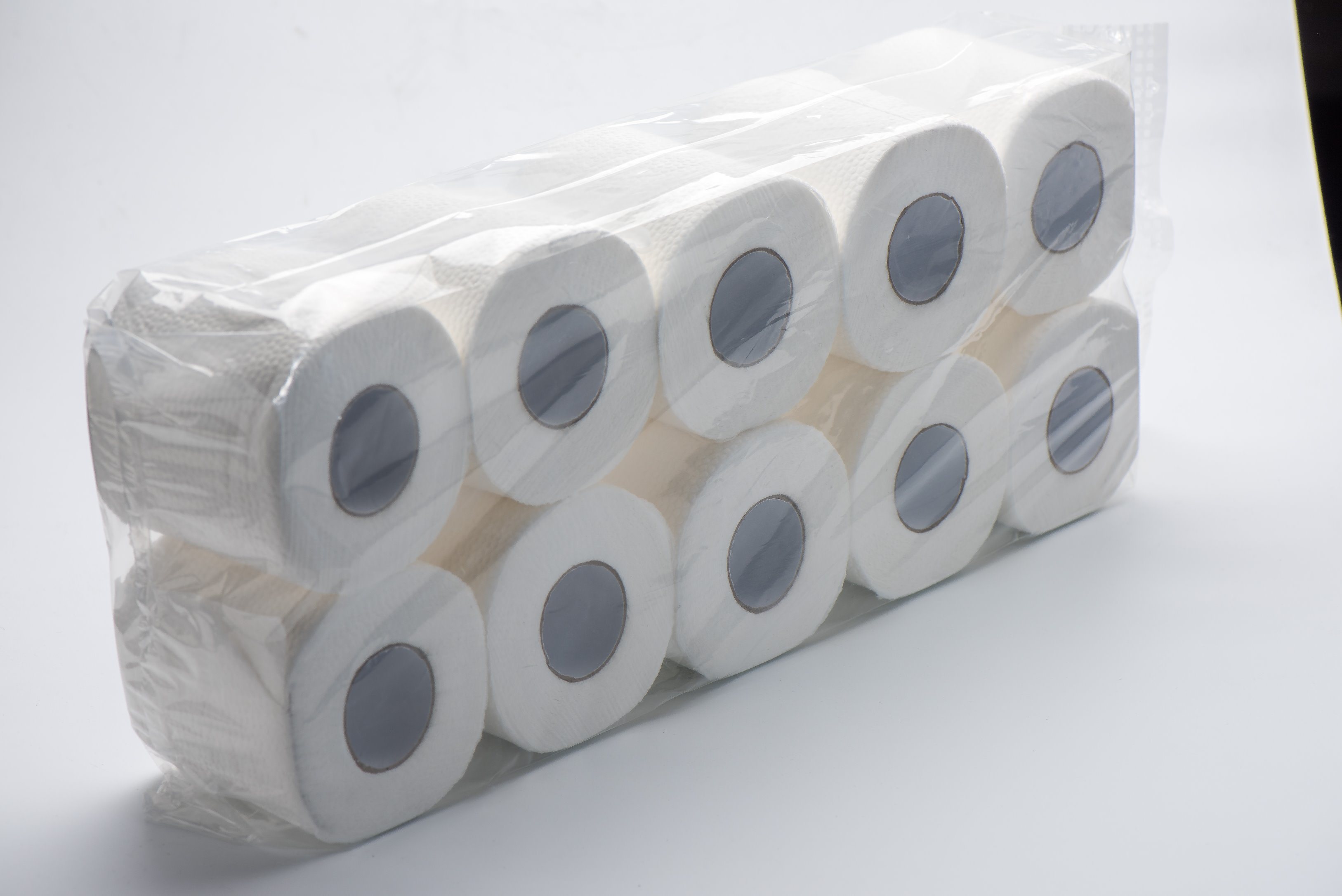
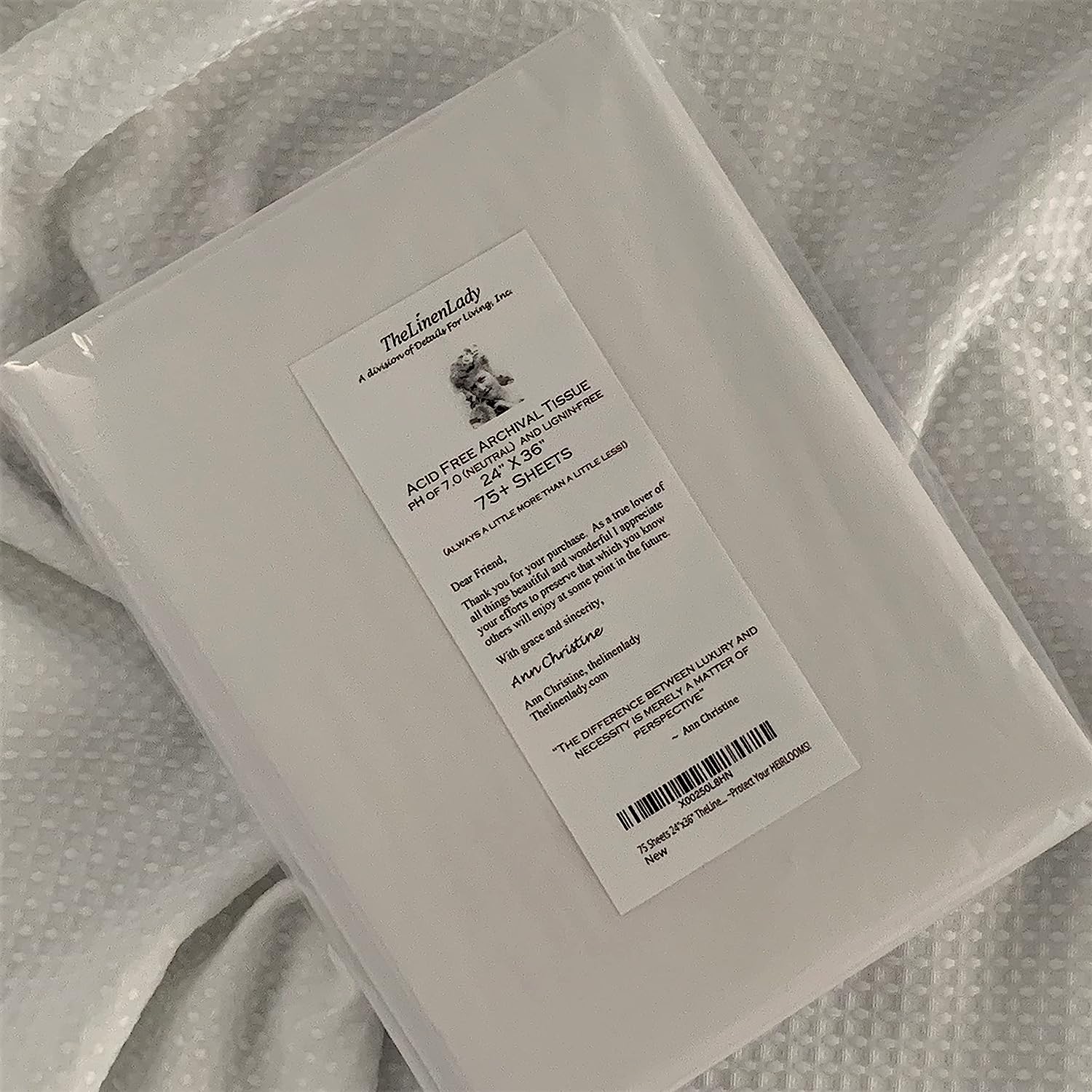
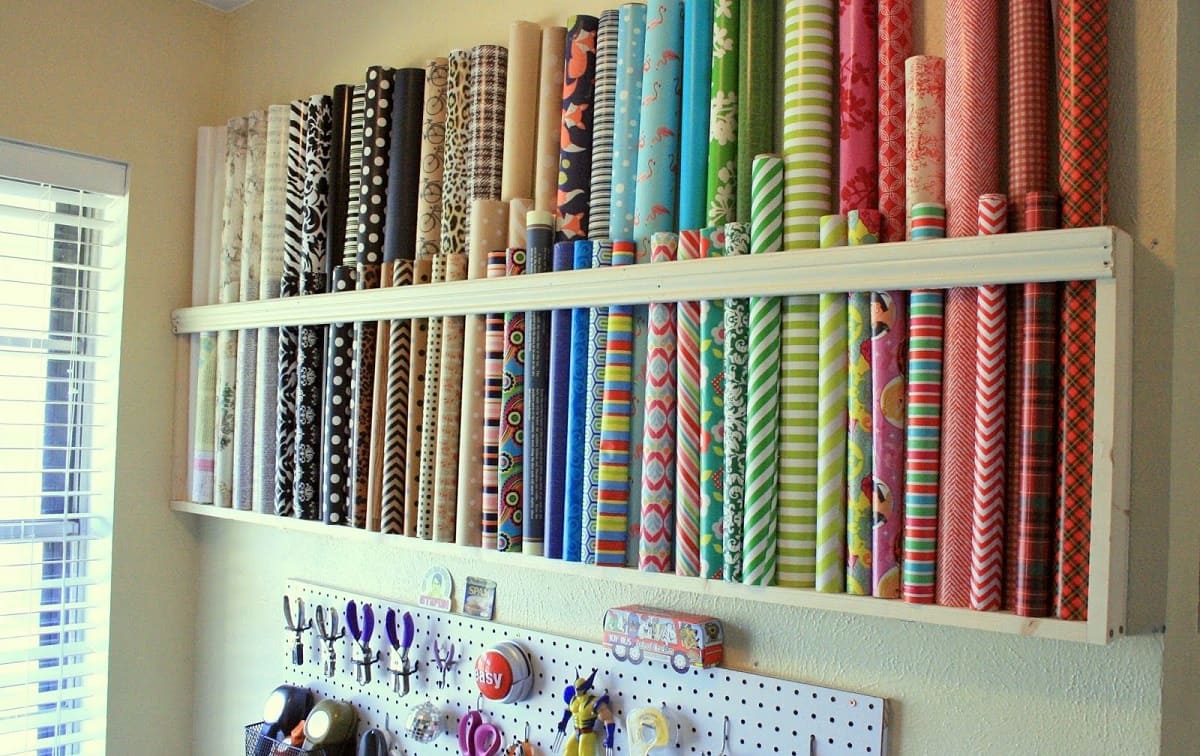
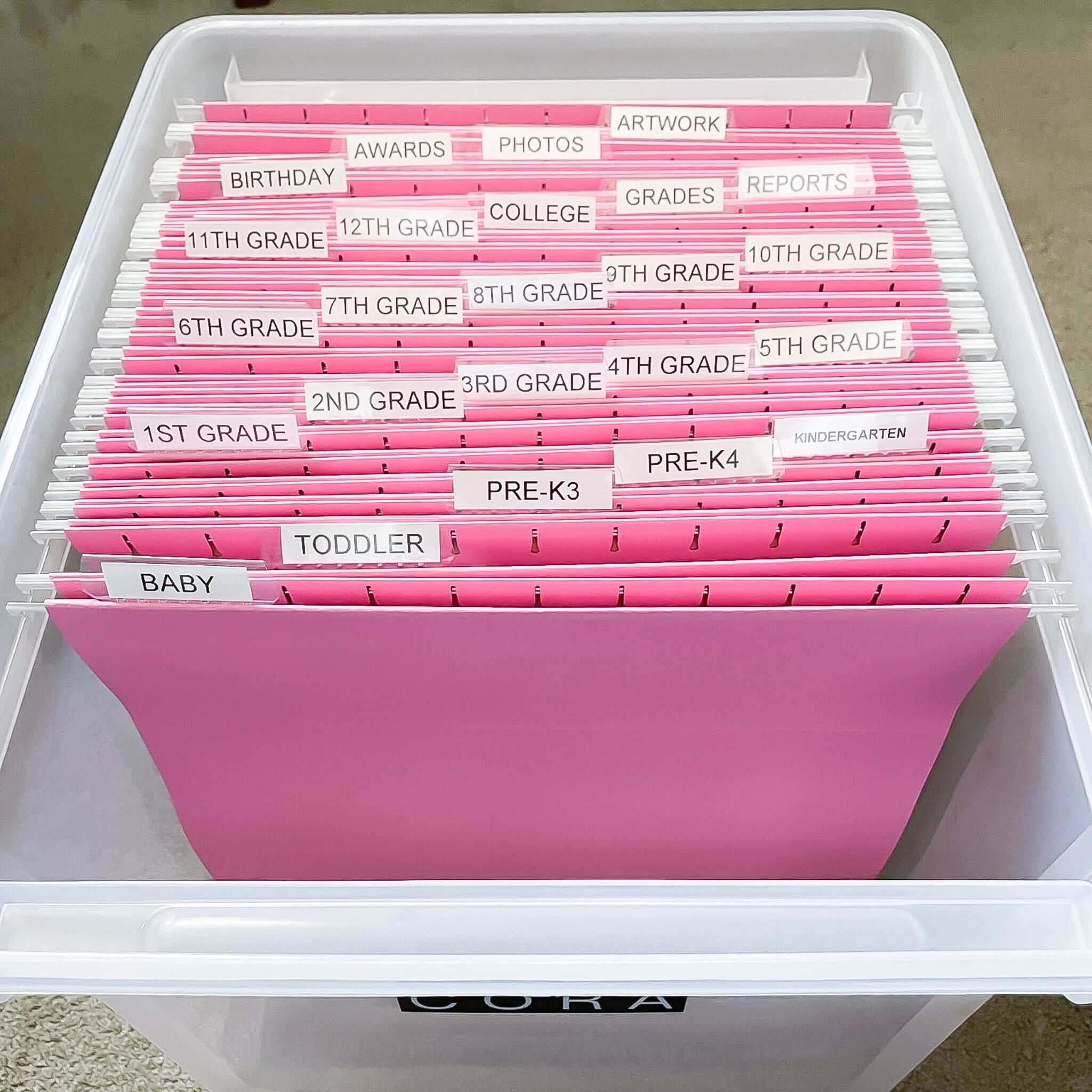

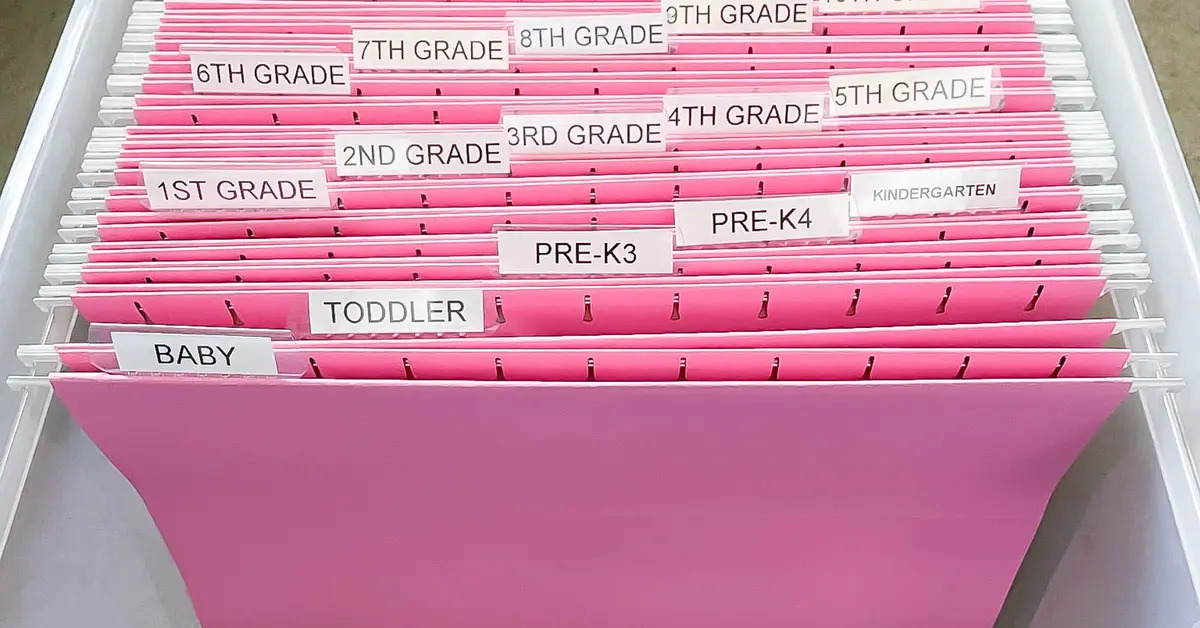
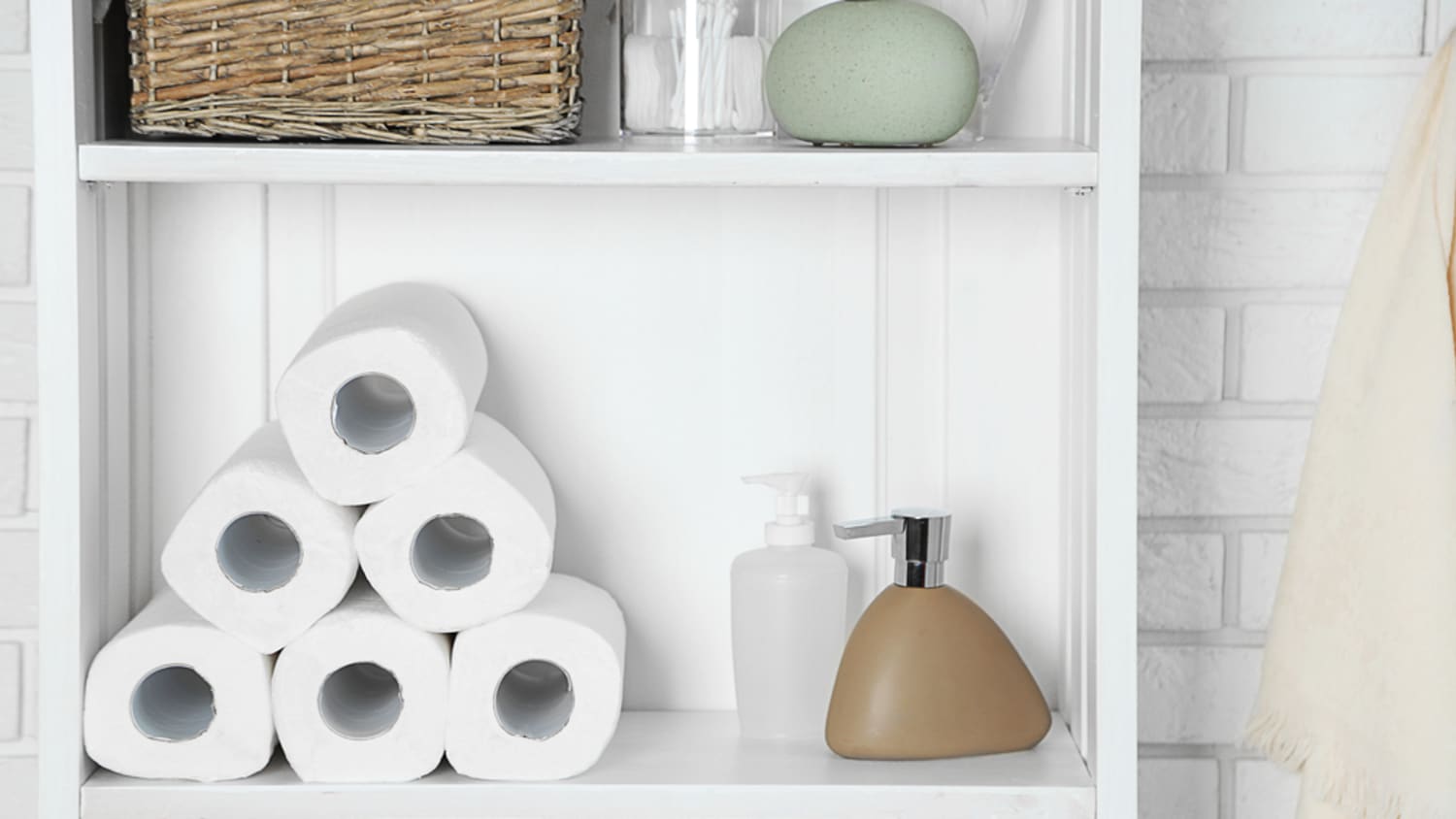
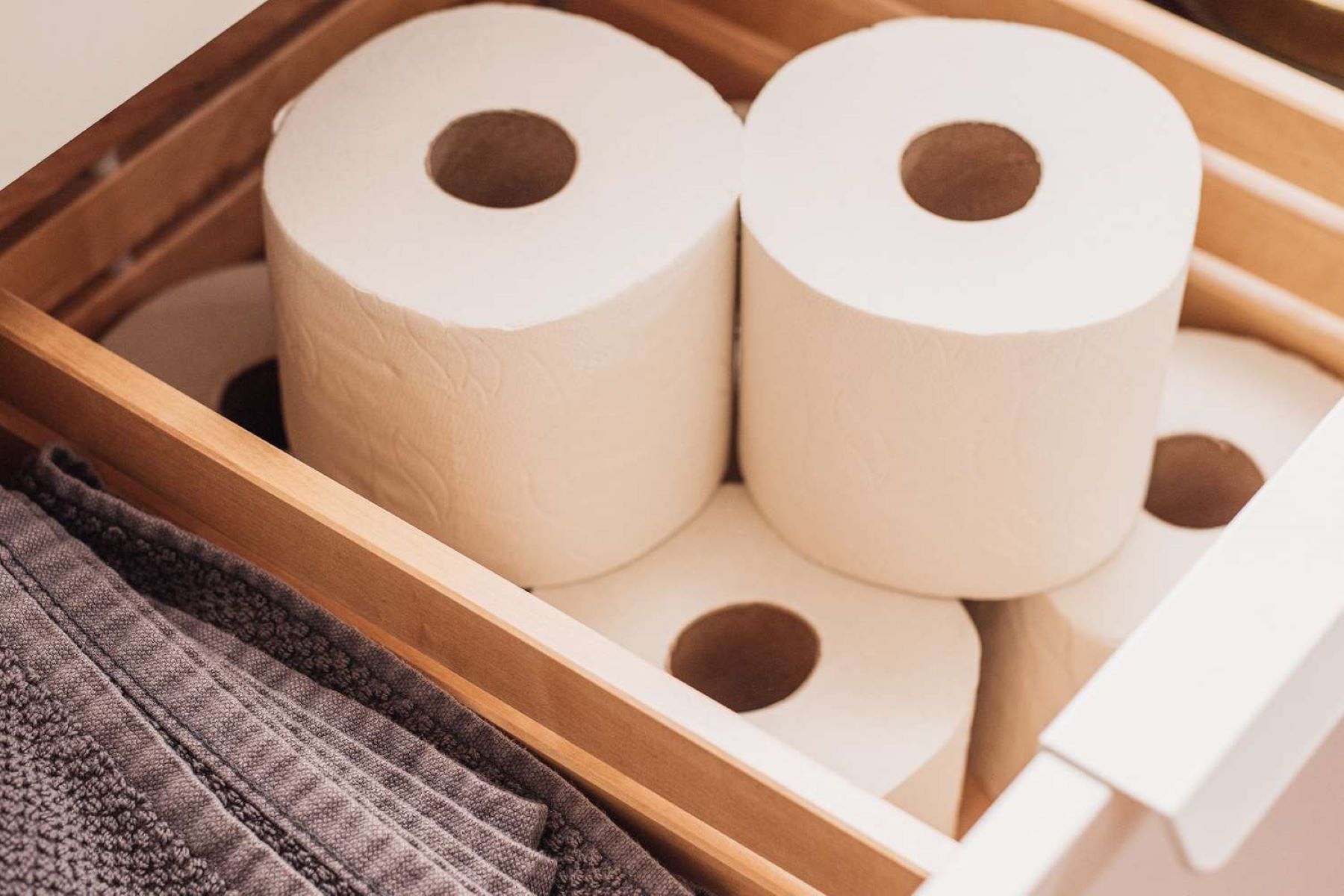
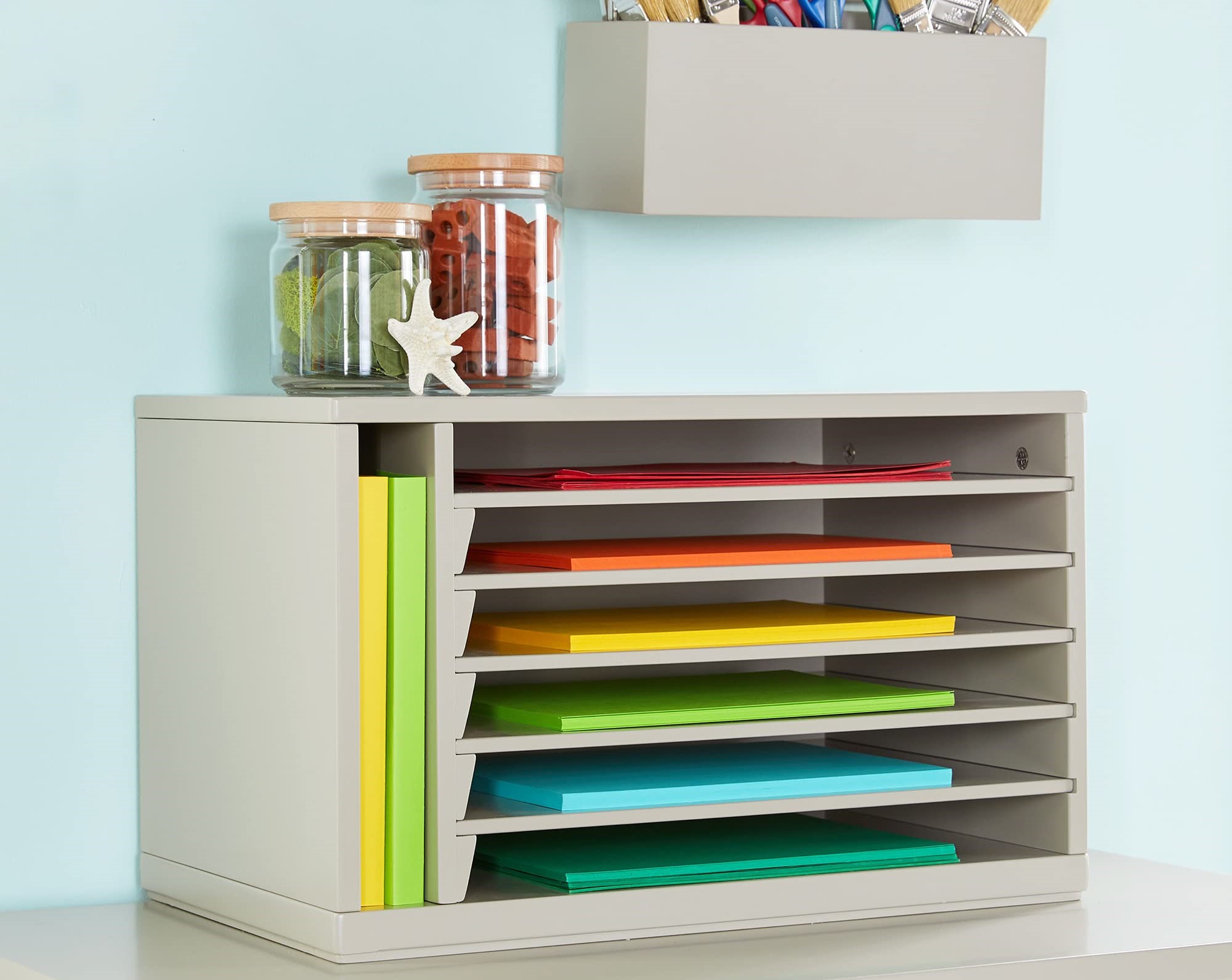
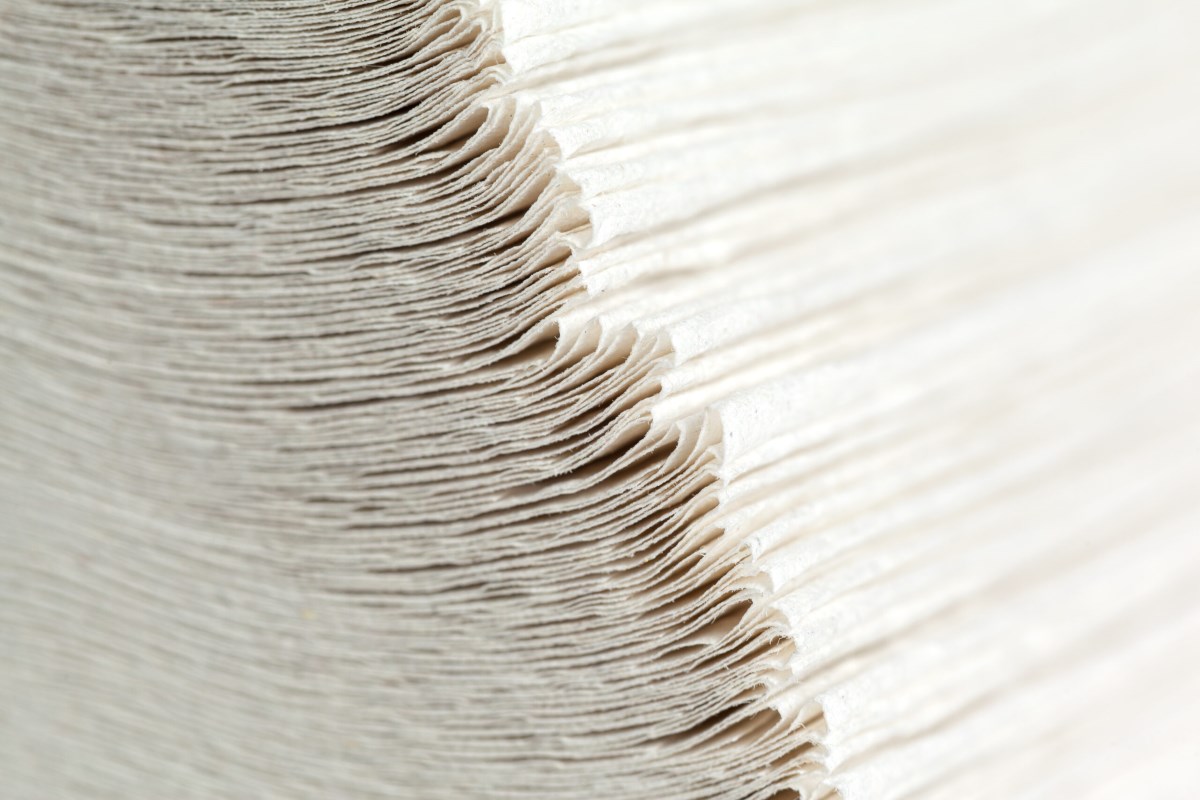
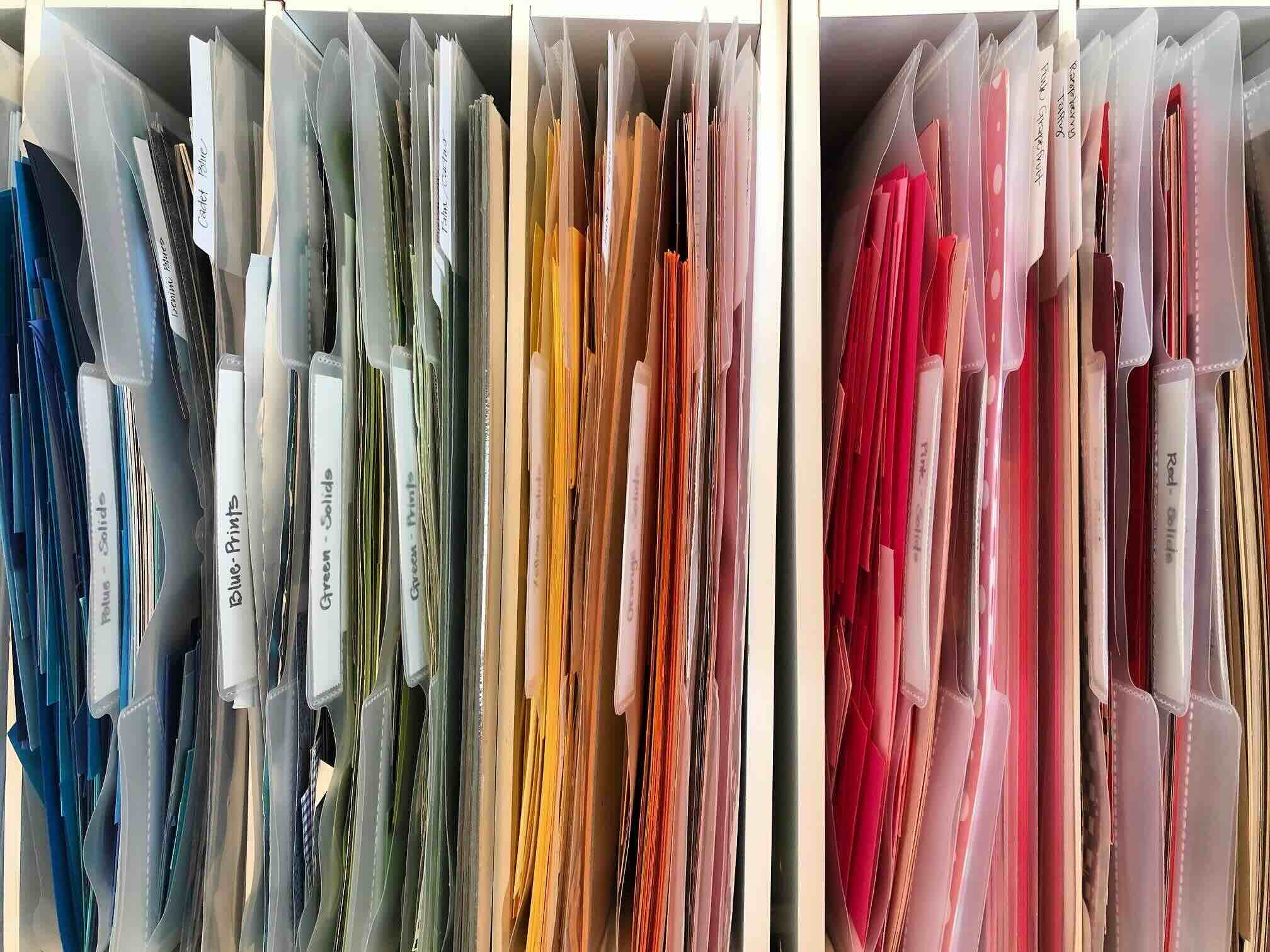
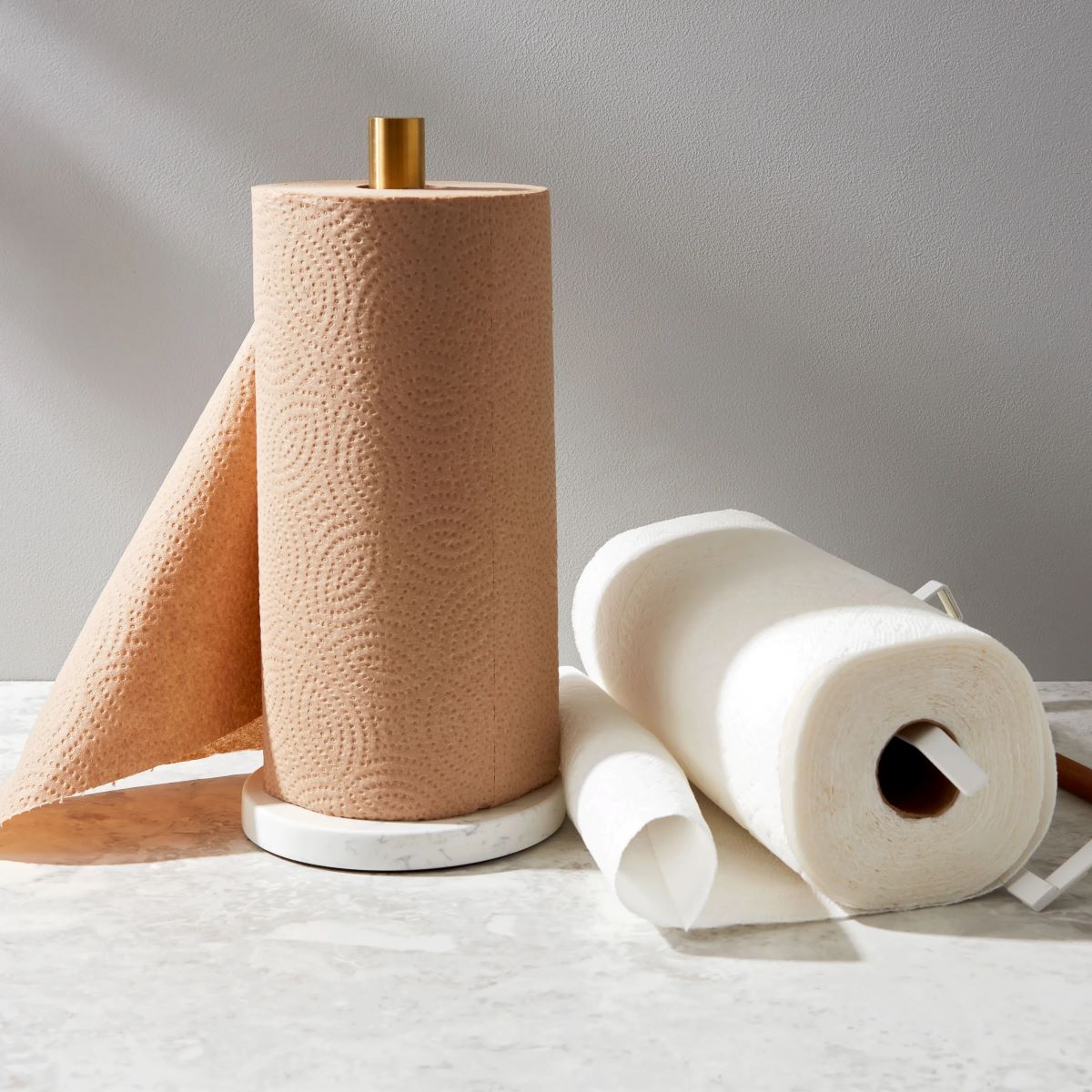


0 thoughts on “How To Store Tissue Paper”